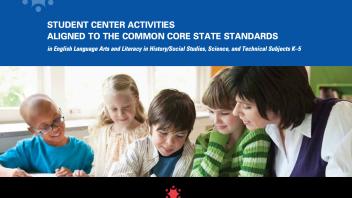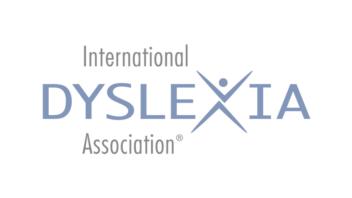ELA standards: a roadmap for teaching and assessment
English Language Arts (ELA) Standards can provide schools with a roadmap to guide testing and teaching the foundational knowledge and skills needed to become a fully literate adult. ELA standards address how to listen, speak, read, write, and spell English across each grade level.
Most U.S. states have adopted state or national ELA standards that outline the specific learning expectations for each grade. ELA standards should promote the use of research-based components of reading, consistency in teaching reading for all students, and provide a common set of tests and instructional resources for educators to use. Districts and schools align their state’s ELA standards with curriculum pacing guides and daily instructional practices.
Examples of state standards for ELA:
- California
- Colorado
- Massachusetts
- Mississippi
- New Jersey
- Ohio
- Tennessee
- Texas
- Utah
- Virginia
- Wisconsin
There have only been a few analyses of K-3 reading standards and assessments that examine how well states’ ELA standards represent the essential components of learning to read, write, and spell. (Schenk, Walker, & Nagel, 2005; Griffin et al, 2018). Prior to 2010, inconsistencies among the various 50 state ELA standards were one factor that led to the development of a uniform of national standard — the Common Core State Standards.
This interactive map from EdGate provides details about each state’s educational standards, including state-specific adoption of the Common Core standards.
The Common Core State Standards
The Common Core State Standards (CCSS) describe what students should know or do at each grade level to learn to read, write, and spell. The CCSS were developed by a team of stakeholders that included state representatives, teachers, administrators, parents, and content experts.
The CCSS are intended to promote future success in college and the workplace. After the passage of the CCSS in 2010, a majority of U.S. states adopted the CCSS, hopeful that the increased rigor and quality of the CCSS would drive classroom instruction. Since their initial passage, some states pulled back, and in 2023, 40 out of the 50 states have adopted the CCSS.
Key shifts for English language arts and literacy
- Building knowledge through content-rich nonfiction
- Reading, writing, and speaking grounded in evidence from text (fiction and nonfiction)
- Regular practice with different kinds of complex text across all the content areas
Learn more
ELA instruction in the Common Core
English Language Learners
Common Core and ELLs: Key Shifts in Language Arts and Literacy
Shanahan on Literacy
Implementing Higher Literacy Standards or Putting on a Show?
Shanahan on Literacy
Should We Stop Using Guided Reading Because of Common Core?
Common Core Standards
Planning Curriculum to Meet the Common Core State Standards
Guides and Toolkits
Student Center Activities Aligned to the Common Core State Standards
Guides and Toolkits
Common Core State Standards and Students with Disabilities
International Dyslexia Association
Video: in the classroom and expert voices
Related video
Common Core Videos and Lesson Plans for ELLs (Colorín Colorado)
Common Core briefs for parents
Common Core Standards
Ten Things Parents Should Know About the Common Core State Standards for ELLs
Common Core Standards
How Parents Can Support the Common Core Reading Standards
Common Core Standards









